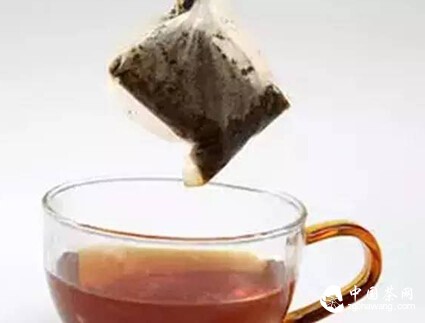Researchers collected 38 tea products to measure fluoride levels, with data analyzed by University of Derby PhD student Laura Chan, Prof. Aradhana Mehra, and Prof. Paul Lynch. Using ion-selective electrode technology to detect trace elements like fluoride in liquids, they tested both dry leaves and tea brewed with boiling water for two minutes, calculating fluoride intake from four cups or one liter daily.

The study revealed significant differences in fluoride content between supermarket tea bags (both black tea and green tea) and specialty tea brands. Budget green tea bags had the highest average fluoride concentration (6 mg/L), while premium teas contained minimal levels (0.7 mg/L).
International guidelines recommend adults not exceed 3–4 mg of daily fluoride intake. Many economy tea bags reached 75%–120% of this limit per serving.
Excessive fluoride consumption may trigger numerous health issues. Besides tea, fluoride exists in seafood, toothpaste, drinking water (in some regions), and processed foods treated with fluoridated water.

Mild effects include dental fluorosis—white/brown spots on tooth enamel causing discoloration—often the first visible sign of fluoride toxicity.
More severe is skeletal fluorosis, a debilitating condition causing bone/joint pain, muscle weakness, and digestive issues. Chronic intake of 10–20 mg daily for 10–20 years, or 2.5–5 mg for 40 years, may cause spinal rigidity in advanced cases.
Overexposure also links to osteoporosis. High-fluoride water areas show increased kidney stone rates. Researchers suggest prolonged bone fluoride exposure may elevate osteosarcoma risk; a 1992 study found 3–7 times higher rates in high-fluoride water regions.

Dr. Chan stated: "Tea plants accumulate fluoride, particularly in leaves. Older leaves used in budget tea bags contain higher levels, while premium teas use younger leaves. Though fluoride prevents cavities and aids bone health, excess intake causes fluorosis, joint pain, and calcification damage. Many unknowingly consume超标 fluoride through tea and other sources. Both the UK and US observe higher skeletal fluorosis rates among heavy廉价 tea bag drinkers. All tea products contribute significantly to dietary fluoride intake—we urge supermarkets and manufacturers to label fluoride concentrations."
Experts thus call for fluoride content labeling on packaging as part of nutritional transparency.